Classification of Diabetic Foot Ulcers from Images Using Machine Learning Approach
- PMID: 39202295
- PMCID: PMC11353632
- DOI: 10.3390/diagnostics14161807
Classification of Diabetic Foot Ulcers from Images Using Machine Learning Approach
Abstract
Diabetic foot ulcers (DFUs) represent a significant and serious challenge associated with diabetes. It is estimated that approximately one third of individuals with diabetes will develop DFUs at some point in their lives. This common complication can lead to serious health issues if not properly managed. The early diagnosis and treatment of DFUs are crucial to prevent severe complications, including lower limb amputation. DFUs can be categorized into two states: ischemia and infection. Accurate classification is required to avoid misdiagnosis due to the similarities between these two states. Several convolutional neural network (CNN) models have been used and pre-trained through transfer learning. These models underwent evaluation with hyperparameter tuning for the binary classification of different states of DFUs, such as ischemia and infection. This study aimed to develop an effective classification system for DFUs using CNN models and machine learning classifiers utilizing various CNN models, such as EfficientNetB0, DenseNet121, ResNet101, VGG16, InceptionV3, MobileNetV2, and InceptionResNetV2, due to their excellent performance in diverse computer vision tasks. Additionally, the head model functions as the ultimate component for making decisions in the model, utilizing data collected from preceding layers to make precise predictions or classifications. The results of the CNN models with the suggested head model have been used in different machine learning classifiers to determine which ones are most effective for enhancing the performance of each CNN model. The most optimal outcome in categorizing ischemia is a 97% accuracy rate. This was accomplished by integrating the suggested head model with the EfficientNetB0 model and inputting the outcomes into the logistic regression classifier. The EfficientNetB0 model, with the proposed modifications and by feeding the outcomes to the AdaBoost classifier, attains an accuracy of 93% in classifying infections.
Keywords: convolutional neural networks; deep learning; diabetic foot ulcers; diabetics; diagnosis; image classifier; transfer learning.
Conflict of interest statement
The authors declare no conflicts of interest.
Figures



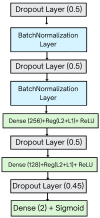








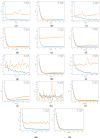
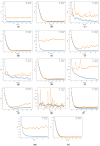
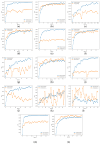
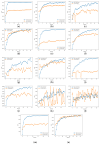
References
-
- Ananian C.E., Dhillon Y.S., Van Gils C.C., Lindsey D.C., Otto R.J., Dove C.R., Pierce J.T., Saunders M.C. A multicenter, randomized, single-blind trial comparing the efficacy of viable cryopreserved placental membrane to human fibroblast-derived dermal substitute for the treatment of chronic diabetic foot ulcers. Wound Repair Regen. 2018;26:274–283. doi: 10.1111/wrr.12645. - DOI - PubMed
Grants and funding
LinkOut - more resources
Full Text Sources

